
Review on TWTADE 12V Electromagnetic Relay With Indicator Light And Socket Base - 10A, 8 Pins, 2DPT, 2NO 2NC -YJ2N-LY by Derrick Kadam

Marvelous Relay in my review
There is a tremendous amount of confusing and in some cases incorrect information on this relay. I suspect this may account for certain issues that some posters experienced with this relay. What I am describing here relates ONLY to the 110v AC 8 pin model Relay - which is the one that I ordered and used in my project. To what extent this may or may not apply to other models, i.e. the 12v or 24 models, I cannot say.Specifically the information about pin configuration and usage in the description is TOTALLY WRONG for the 110v AC 8 pin model Relay. The correct information is in the drawing provided. In other words, NO or normally open is obtained using terminals 3 and 4, while NC or normally closed is obtained using terminals 1 and 2. Furthermore, there is no continuity between terminals 5 with 1 or2 nor between terminals 6 with 3 or 4.regardless of whether the relay is energized or not.This really is a marvelous relay because there are two different ways in which you can use it. You can use it as a passive switch where the power for the components are supplied externally. Or, you can use it as a powered switch such that the relay itself provides the power for all other circuit components. That is how I used it which greatly simplified my project. I did that by applying my 120v AC power to terminals 5 and 6. In that way the relay provided the power to all of my project components. [Note well this is separate and in addition to the power applied to terminals 7 and 8 to energize the relay coil.] This additional function providing the capability to add power through this relay (via terminals 5 and 6) is what makes this relay "marvelous". This elimination of the need to separately provide power to all of the other components in my project greatly simplified my work.In addition, the quality of this relay is outstanding, particularly with the silver plated contacts (terminals) which greatly enhances performance.A few other notes worth mentioning: One, note that the schematic I provided (actually reproduced from Hyper W's 4 star rating review) has the "english" pin order. The actual pin configuration is the mirror image of this which I suppose is due to the Chinese writing right to left instead of our practice of righting left to right.! In other words, instead of 1-2, 3-4, etc. the actual terminals are 2-1, 4-3, etc. And yes that can matter a great deal.obviously with dc circuits but it can also matter even with AC circuits. For example, in my project where I am installing a "Shutter Fan" with an automatic controller and a fabricated electromagnetic louver lock, I also wanted a manual Fan On switch to over ride the automatic components. In that case I need to provide external power to the manual switch. For that purpose I need to pay attention to how the hot wire vs the neutral is connected (with two different sources of power) to insure I did not create a short circuit by having a hot from one power source connected to the neutral of another power source.Second thing worth mentioning is that (again, at least with the 110v AC 8 pin model - I can't speak to the other models) the lack of continuity between 5 with 1 or 3 may be explained by one posters comment that the coil resistance is "quite high". That would explain why the 'apparent' continuity does not exist between those terminals, as they would run your circuit amperage through the relay coil. And yes, of course that would burn up the coil. AND, that is what the description tells you to do - again, which is TOTALLY WRONG. This could well explain why some have had this problem.For anyone interested in why and how I used this relay, the second image is the schematic for my "Shutter Fan" Project. FYI, the purpose of the fabricated electromagnetic shutter or, louvre lock is to prevent shutter flapping during conditions of gusty wind.
- Easy to install
- The 8-pin design may require more wiring than other, simpler relays
New products
Comments (0)
Top products in 🔌 Electrical Controls & Indicators
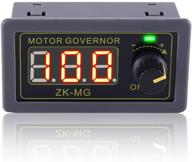
Adjustable Regulator Generator PEMENOL Controller

9 Review
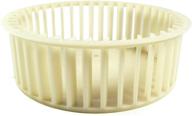
🌀 NuTone 5901A000 Blower Wheel Assembly: Superior Efficiency and Performance

9 Review
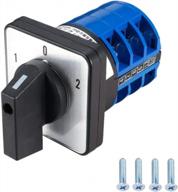
Universal Rotary Cam Selector Latching Switches - VictorsHome Changeover Switch LW28-32 With 3 Positions, 12 Terminals For 690V, 32A Capacity

9 Review
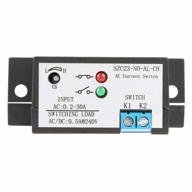
Adjustable AC Current Sensing Switch: SZC23 No AL-CH Model, 0.2A-30A Range

14 Review
Another interesting products

Square HOMT2020 Circuit Breaker Homeline

7 Review
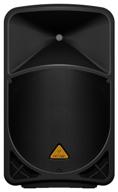
Acoustic system BEHRINGER Eurolive B115D black

11 Review

🔌 Bussmann GMA 5A Acting Cartridge Listed: Reliable and Efficient Cartridge Fuse for Your Automotive Needs

7 Review
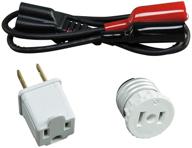
🔌 Enhance Your Electrical Work with Klein Tools 69411 Accessory Adapters

7 Review

